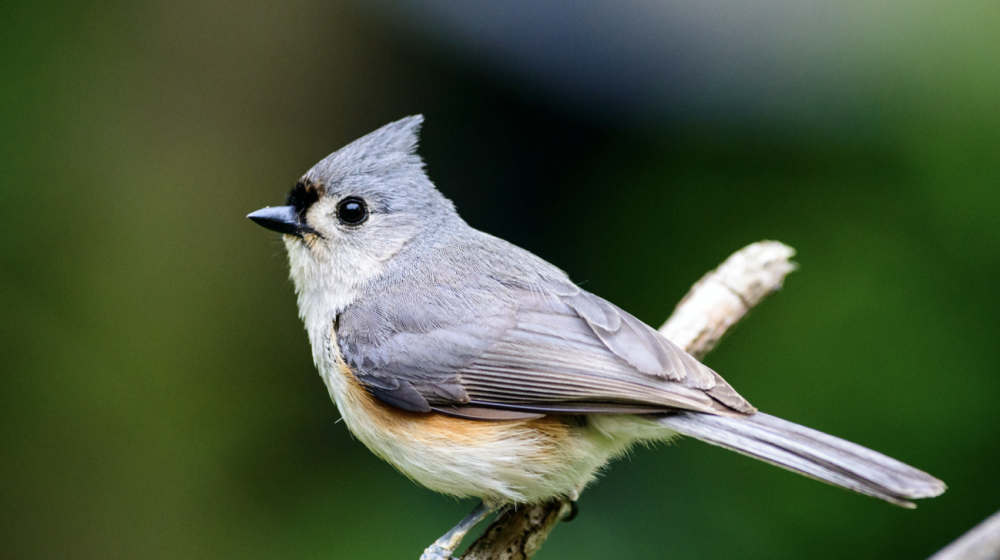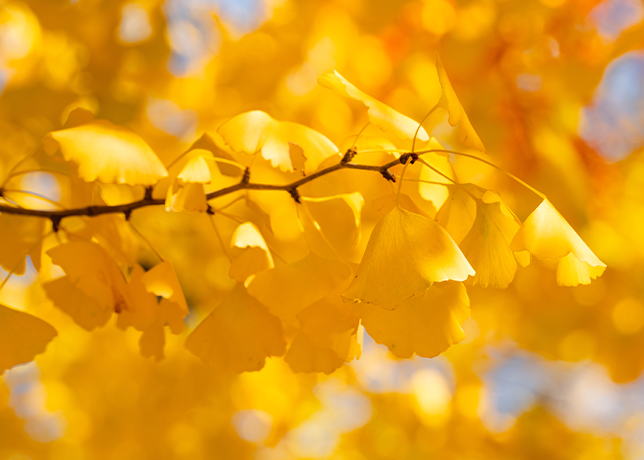Bird of the Month: Tufted Titmouse

The tufted titmouse typically makes its nest in a hole in a tree or in a nest box. (Photo from Canva Pro)
The tufted titmouse is a bird you’ve likely seen in parks, woodlands, and in your back yard. They’re native to the eastern parts of the United States and are attracted to areas where there is an abundance of broadleaf trees, such as oaks, hickories, and maples.
This small bird is a member of the chickadee family and is vocal like its ancestors. They let out a variety of calls to communicate to birds of their own species and ward off any predators that may threaten them. They typically have a “peter-peter-peter” song.
Males and females look alike, both having gray crests, gray upper feathers, and white underparts. They have orange flanks under their wings, and black bills, foreheads, and eyes, and are around 6 ½ inches long with a wingspan of 9 ¾ inches.
The tufted titmouse is a common visitor of bird feeders, especially during cold temperatures. They typically eat insects and sunflower seeds, but also enjoy peanuts, suet, and other seeds. The tufted titmouse is known for hoarding food starting in the fall and going through the end of winter. They often make many trips back and forth since they only take one seed at a time!
The tufted titmouse typically makes its nest in a hole in a tree or in a nest box. They can’t make their own holes, so they rely on finding holes made by other birds or natural wood cavities to nest in. They build their nests with soft materials like hair, snakeskin, feathers, and bark. To help out these feathery friends, you can put up a few nest boxes and hope they’ll nest in them.
Tufted titmice lay anywhere from 3-9 eggs, with 5-6 being the most common amount. Their eggs are white with tiny brown, purple, and red dots on them. Once a pair has mated, they typically stay together in their territory throughout the year.
If you’re a bird lover and want more info on different species found in Mississippi, check out our EcoKids publication. It also has great info on other birds, mammals, and reptiles found in our state!
Subscribe to Extension for Real Life
Fill in the information below to receive a weekly update of our blog posts.









